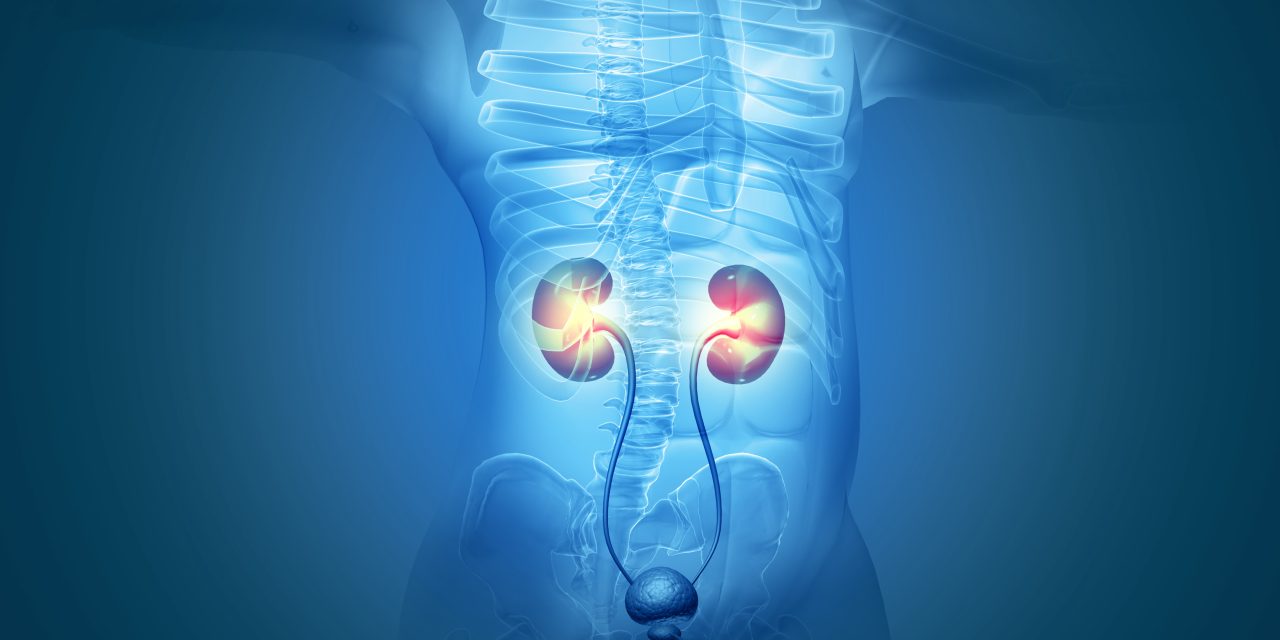To examine fertility preservation techniques in the setting of neurosarcoidosis, and to review the impact of corticosteroid and methotrexate therapy on fertility.
Case report of a patient with infertility secondary to anejaculation associated with spinal neurosarcoidosis, treated with systemic corticosteroids and methotrexate.
Academic tertiary-care hospital.
A 39-year-old man presented with neurosarcoidosis complicated by acute anejaculation, erectile dysfunction, and hypogonadism. He underwent fertility consultation and sperm cryopreservation before initiating methotrexate therapy. His pretreatment total testosterone was low, at 157 ng/dL.
Unsuccessful pharmacologic therapy and penile vibratory stimulation (PVS) were followed by microdissection testicular sperm extraction (microTESE). Clomiphene was administered for optimization of spermatogenesis before microTESE.
Vials of cryopreserved sperm, testis histopathology, and serum testosterone levels.
Eight vials of viable sperm were harvested by means of micro-TESE and cryopreserved. Despite intraoperative appearance of hypospermatogenesis, 90% of seminiferous tubules had active germ cell sloughing. Total testosterone increased to 278 ng/dL 2 months after initiating clomiphene.
Conventional fertility preservation techniques may be effective in the setting of neurosarcoidosis-induced infertility owing to largely intact spermatogenesis. PVS, though not effective for this patient, should be considered along with electroejaculation, given high success rates in other patients with neurogenic anejaculation. Corticosteroid-mediated hypogonadism also must be considered in these patients, because it can negatively affect downstream spermatogenesis. In addition, evidence for the impact of paternal methotrexate exposure on fertility is limited and requires further investigation. As such, fertility consultation before initiating methotrexate is highly recommended.
© 2020 The Authors.
Acute anejaculation, hypogonadism, and fertility preservation in the setting of neurosarcoidosis: case report and literature review.


